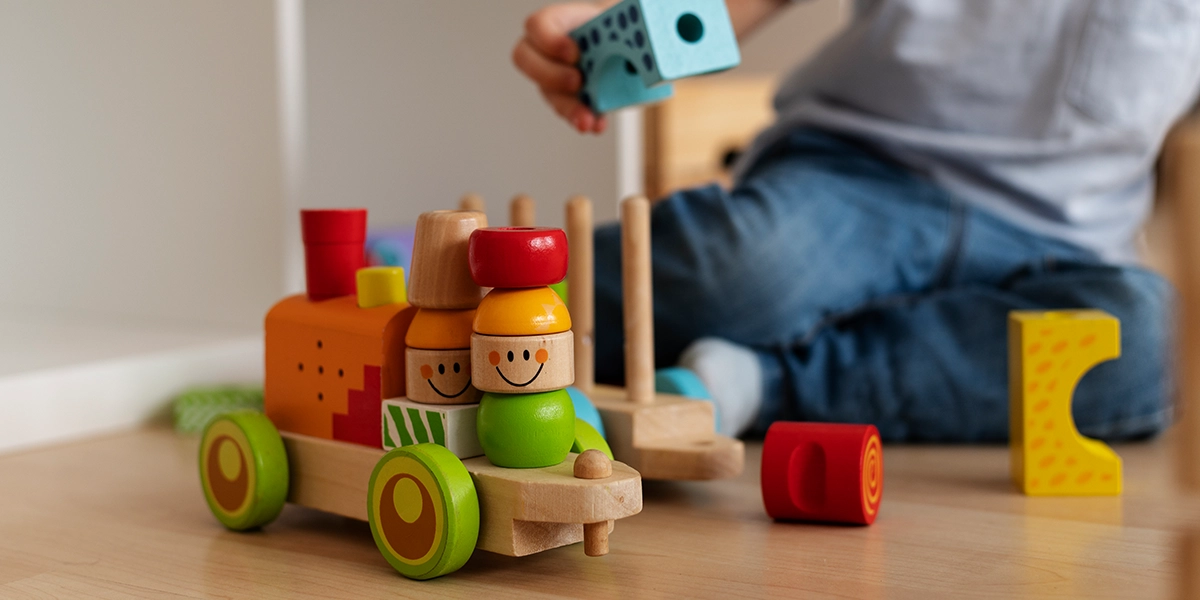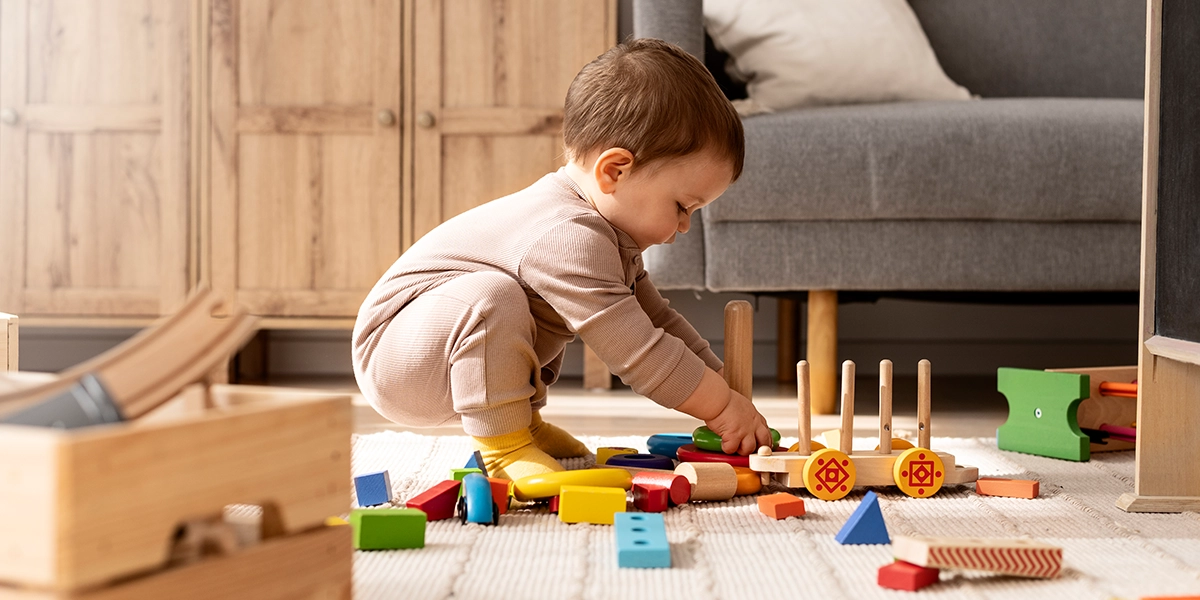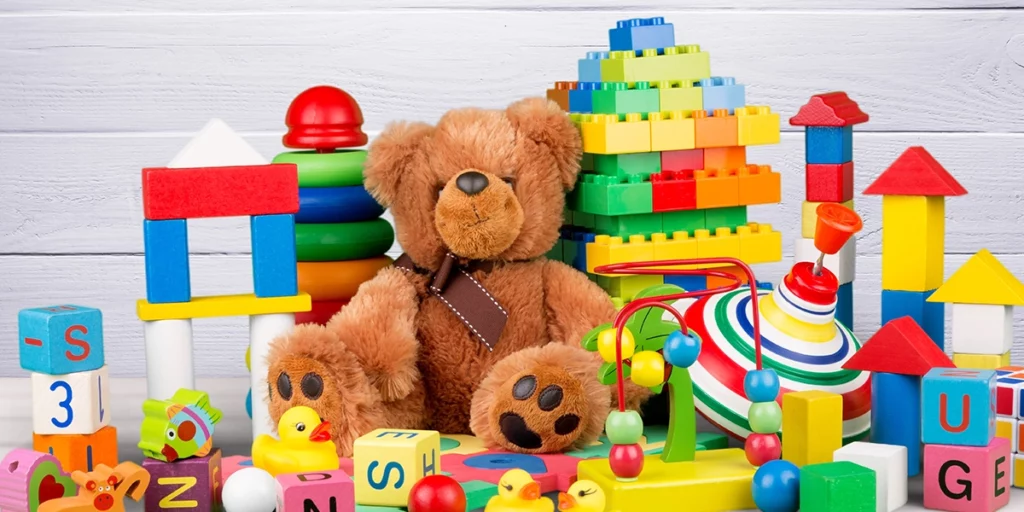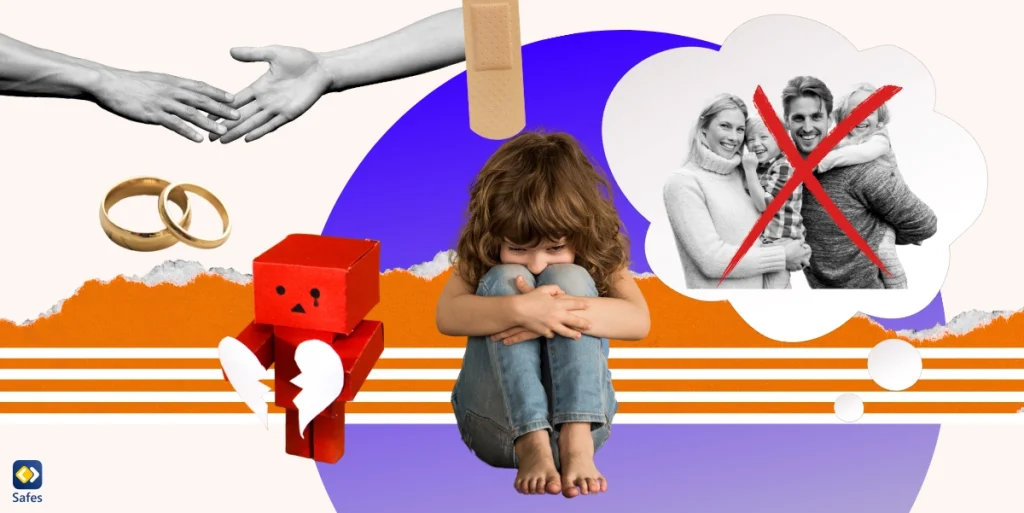Many parents wonder how many toys is too many. How many toys should a child have? The answer depends on your child, their age, and the toys they play with. Every child is unique, meaning that there’s no set number of toys that fits every child. Instead, you need to strike a balance between adult supervision and engaging your child in imaginative play without overdoing it. When buying toys for your child, be sure to look at the toy’s value rather than just its price.
When it comes to toys, finding a balance is important. If your child has too many toys, they might get overwhelmed and not know what to play with next. If they have too few, your child could feel left out or start asking for more to play with. When it comes to choosing the right number of toys for your child, there are some simple yet effective tips that can help you strike the balance. Here we discuss some of them.
The Benefits of Having Toys
Children play with toys to learn about the world around them. For example, playing with a wooden hammer helps develop your child’s fine motor skills; that is, they learn how to hold a pencil or paintbrush properly while drawing, writing, or painting. This is an important skill children need to develop as they get older.
Another thing children learn with toys is problem-solving. Problem-solving is a big part of being an “adult.” A child without toys will not be able to figure out problems like, “Where’s my red toy?” or “How do magnets work?”
The Disadvantages of Too Many Toys
Too many toys can cause overstimulation, especially for younger children. Most toddlers don’t know how to play with just a few toys. They need to explore, climb and use all of their senses. However, when too many toys are available, a child might get overloaded and lose interest in playing completely.
Overstimulation can also lead to a lack of creativity. Children need to play with toys that stimulate their minds and help them create new things. Children might get stuck in a rut of doing the same thing over and over again, which can lead to a lack of innovation. Too many toys can also lead to materialism and a sense of entitlement. Children might feel as if they’re entitled to owning a certain number of toys. They might feel bad when they don’t have them, even if they don’t ask to have them. This can cause problems in adulthood.

Factors to Consider When Determining the Appropriate Number of Toys for a Child
When it comes to choosing the right number of toys for your child, there are some simple yet effective tips that can help you strike the balance. The first tip is to consider the age and developmental stage of your child. For example, a three-year-old might not have many toys. Instead, they need to be shown how to play with only a few toys. This way, your child can learn how to use all of their senses.
A second factor to consider is the available space. If you have limited storage space in your home, it’s important to choose the right number of toys for your child. Too many toys will take up too much space and the child will be confused.
Third, consider family values and priorities. There might be certain things you value more than toys. For example, if you’re very health-conscious, you might not want your child to have too many toys that contain chemicals.
Strategies for Managing Toy Ownership
There are many ways to manage toy ownership while still allowing your child to have the right number of toys. First, make sure you have enough storage space in your home. Also, remember to teach your child to clean up after themselves. Leaning things against the walls, laying things out on the floor, or leaning things against a table will take up a lot of space. Keeping them organized will keep your floors and tables free of clutter.
Second, keep a list of the toys your child has in their room. This way, you’d know if something is missing. Also, if you notice that a particular toy is going untouched, it might be a good idea to put it on the list and store it away. By doing this, you can see what toys your child has for playing with later on without taking up too much room. It can be rotated to another toy that’s being played with frequently.
Third, try to limit the number of toys that your child has at one time. This will help you keep the toys organized, which can be especially helpful if your child has a lot of toys.
Fourth, try to avoid buying toys that are too complicated for your child’s age. Many toys are too complicated for a child to understand. Instead, try to find toys that have more basic components. This will help the child understand and use the toy, but they won’t have to understand the science behind the toy.

Concluding How Many Toys Should a Child Have
Having enough toys is a common concern for parents. When choosing which toys to buy, it’s important to consider the available space, age, and developmental stage of your child. It’s also important to strike a balance between the number of toys your child has and the amount of time they spend playing with them. By doing these things, you can ensure your child has the right number of toys to keep them entertained and engaged for the years to come.
Safes is a parental control app designed to help keep your child safe in the online world. Using Safes, you can limit your child’s access to the internet and ensure they don’t stumble upon inappropriate content. For instance, you can block age-inappropriate apps and websites on all your child’s devices. Additionally, you can set screen time limits for your child. This way, they won’t spend all day glued to a screen and will have the time to play with their toys or communicate with family. Safes also has so many other features. If you want to give it a try, you can sign up for a free trial now.




